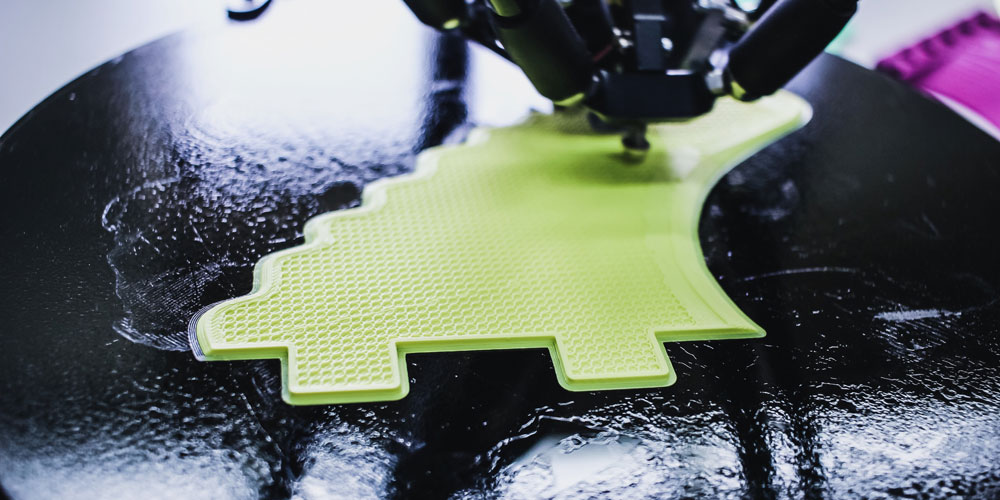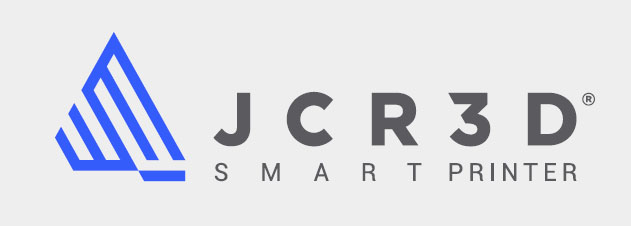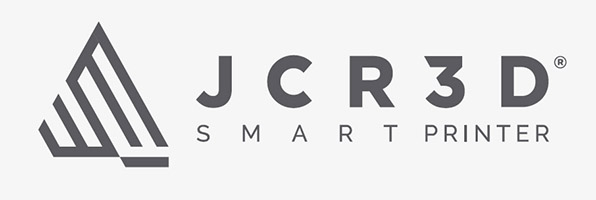
17 Dic How to Reduce Production Costs with 3D Printing
When you think of 3D printing, a very advanced technology that may be costly to businesses still comes to mind. However, this idea is changing. Many companies are adopting an additive manufacturing or 3D printing system as part of their processes, whether for making prototypes or final products or for manufacturing devices or tools to use in the production process (tooling).
The reason behind this is in large part because additive manufacturing helps reduce production and manufacturing costs.
How can 3D printing reduce production costs?
3D printing allows companies to save throughout the entire manufacturing process. Additive manufacturing can be a way to rethink the production process and improve or optimise the production chain. For example, savings can be found in the assembly line through the manufacture of tools, positioners, templates, and devices. These can be made by the company itself with specific designs for a particular use and using lighter materials that are as resistant as metal.
It reduces the cost of the production line
Additive manufacturing not only allows for an overall reduction in the cost of the product and the pieces required to manufacture it, 3D printing is also helping reduce the cost of tooling, that’s to say, lowering the cost of making the tools used in the manufacturing process.
Additive manufacturing is an excellent way to create tools directly or to omit some of the assembly processes by printing compact or unique pieces that were previously sets of various pieces assembled together. The industry is using 3D printing for manufacturing pieces and tools such as claws, positioners, masks, moulds, and more.
There are pieces on the assembly line that tend to break due to being exposed to too much friction, high temperatures, continuous use, or simply because they have weak points in the soldering. Claws, suction pads, hooks, and guides are all examples of pieces that can unexpectedly halt the production chain if they break. Repair costs and halted or reduced production time are some of the costs that can arise from a piece breaking.
3D printing can help substitute these delicate pieces for more durable ones. The design of a printed piece can reduce the number of individual components required, make structures susceptible to breakage stronger, or change the topography of a surface to reduce friction. What’s more, the time it takes to repair the pieces can be significantly reduced and, most importantly, you can manufacture personalized tools at your facilities in a few hours, reduce the weight of the tools, and improve the company’s productivity.
It optimises product design
Optimising design is key to reducing production costs. Today, through 3D printing, you can make multiple revisions to the design at very low cost. 3D printing allows you to work in parallel on design, improving aspects that need to be refined in each iteration of the printed piece.
It is possible to leave the printer running overnight and find the finished piece in the morning. This way, you can experiment with the ergonomics, resistance, or necessities of the piece and, if needed, immediately update the 3D model to print it again.
Additive manufacturing also makes design more flexible. It allows for the design to be personalised, giving it a particular form or engraving codes or serial numbers.
The use of new materials and the flexibility of 3D printing also allows for improved geometries, optimised weights, and reduced spaces.
You have to take into account that additive manufacturing prints pieces layer by layer, from bottom to top. This means that different tools or machines are not needed, just the printer. If there is a problem in any part of the piece or if you find a way to improve it, you simply have to update the CAD file and print the updated piece.
It accelerates prototyping work
Once of the clearest advantages of 3D printing is that it facilitates prototyping. It allows you to construct scale models that are much cheaper to manufacture in order to see and try out a product before manufacturing it. The reduction in prototype size also reduces consumption of material and, thus, the cost.
But without a doubt, when it comes to prototyping, the biggest savings is in time. Producing a piece with traditional machinery can take several days, especially if it is necessary to manufacture and assemble different pieces to create it. For example, for the production of assembly elements for structural profiles using traditional mechanisms, you have to calculate delivery times of around 10 days. These same pieces can be printed with a JCR 1000 in just 7 hours.
It allows for cheaper materials to be used
3D printing also permits manufacturing materials to be substituted, meaning that cheaper compounds can be used for manufacturing pieces. For example, in many cases it is now possible to replace aluminium with thermoplastic materials. Plastic, of course, is a much cheaper material than aluminium, which currently costs nearly $2,000 per tonne.. But the key is not just the cost of the material itself, but what is needed to manufacture pieces or products with this material. For example, in the case of aluminium, it requires the use of moulds that take time to construct, are expensive, and need many hours of CNC to obtain the final piece.
It is clear that 3D printing represents a paradigm shift in industrial production processes. Additive manufacturing is an excellent option for reducing production costs for various reasons: a decrease in the number of pieces, rapid verification of design and ergonomics, a reduction in weights, improvements to the structural integrity of the piece, a reduction in assembly costs, and more.


